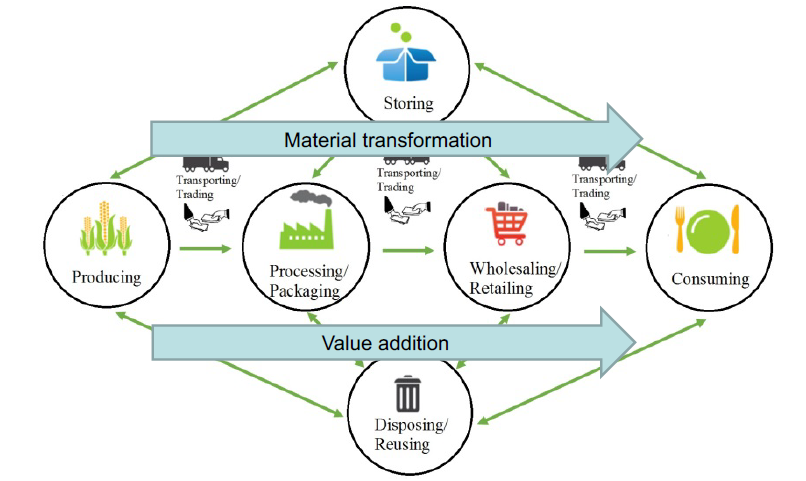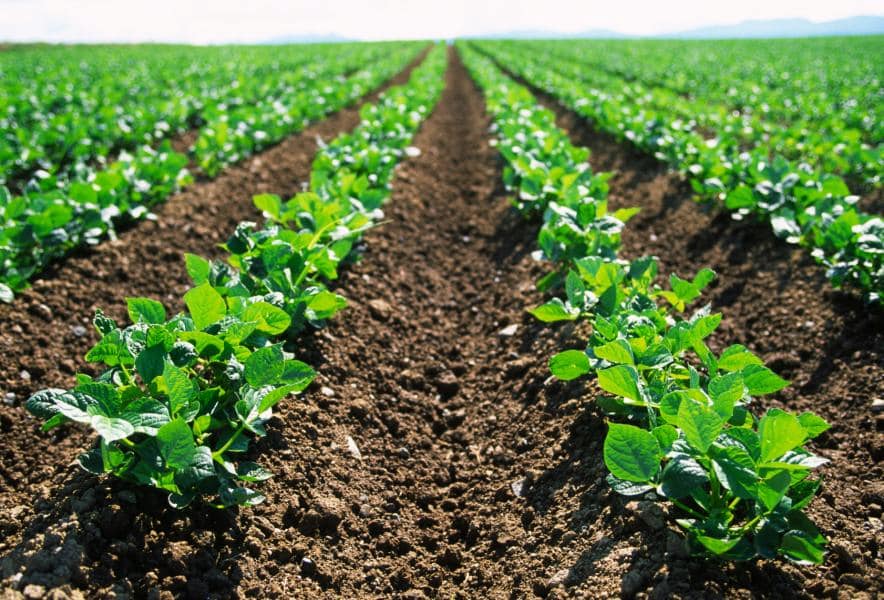As we see food every day, we sometimes forget that there is a whole complex system that enables the food coming to our plate. Ideally, everyone everywhere should have the proper access to nutritious food at all the time, even under difficult circumstances. This concept is called food resilience. A robust food resilience ensures people’s ability to acquire food. In improving this food resilience, there is a needed intervention to improve the food system that works behind the curtain.
A food system consists of various activities, from production to the disposal/reuse, which are connected by transporting and trading. The intended outcome of these activities is food security for everyone with unavoidable socioeconomic and environmental outcomes. Presently, the world is experiencing a triple burden of malnutrition along with nature degradation that leads to various ethical concerns. Not to mention, the climate change impact and increasing wealth lead to the increasing daily dietary calories. It is therefore imperative to manage the demand for food and to optimize the food system.

The world needs a food system resilience to stand against sets of stresses (e.g. climate change and urbanisation) and shocks (e.g. wars and election). To achieve that, four resilience components should be defined:
- Of what (i.e. food system activities)
- To what (i.e. food system stresses and shocks)
- For whom (i.e. food system actors)
- Over what period of time (i.e. short-term interruptions and long-term disruption)
This sound resilience should be comprised of the notions of robustness, recovery and reorientation by doing the activities in every aspect and level of the food system differently. On top of that, the state of the food system’s drivers such as demography, economic and policy should be improved simultaneously with reorganising our ‘view’ on the outcomes and the ‘demand function’ so that the trade-off better can be better managed.
Inarguably, the challenge lies in managing a wide range of power, yet vested interest and fragmented governance in such intertwined, dynamic components of the food system itself. Synergies of the related actors are needed to ensure the positive loop interaction between health, environment and the development agenda. Eventually, the best scenario can be achieved by scrutinizing the inevitable trade-offs and synergies between food system’s outcomes. On the individual level, the improvement of the food system can be started by inciting societal change through our action as food consumers.





